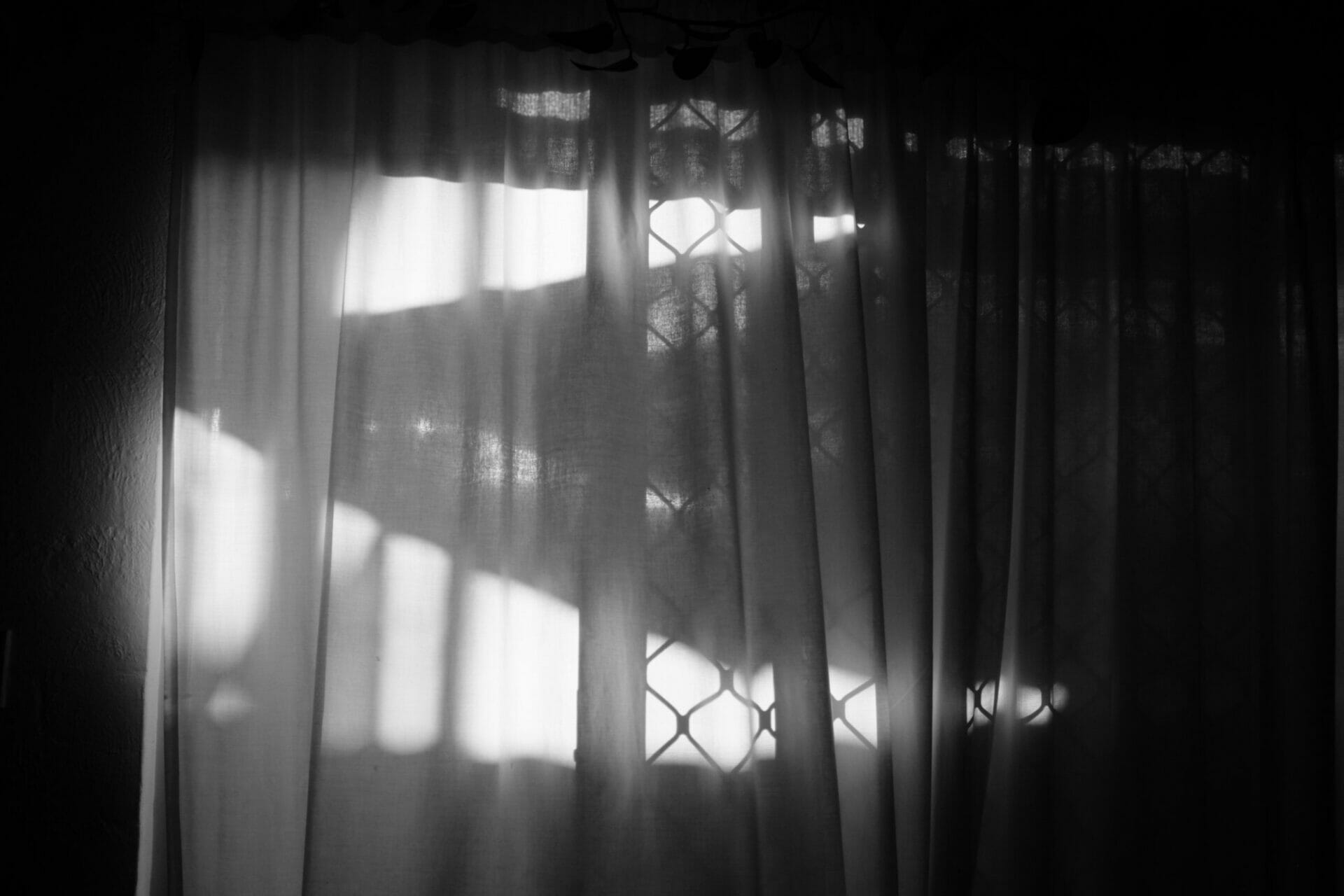
Milk and Honey | The revolution of Instapoets
Author
Year
Format
2021 will probably be remembered as the year when poetry conquered the screen. First, there was Amanda Gorman’s reading at Joe Biden’s presidential inauguration. Then, the Indian-born Canadian poet Rupi Kaur performed in one of the most famous shows worldwide. A long dress, warm lights, suggestive music: these were the ingredients of Kaur’s performance at Jimmy Fallon’s Tonight Show. The young poet recited Broken English, a poem that tells the struggles of her parents as Indian immigrants, contained in her second collection, The Sun and Her Flowers. But the roots of Kaur’s success date back to a few years ago, with her first book, Milk and Honey.
The success of Instagram poetry
how is it so easy for you
to be kind to people he askedmilk and honey dripped
from my lips as i answeredcause people have not
been kind to me
Instapoet is the label the critics use to identify poets who have risen to fame thanks to the leverage of social media. Rupi Kaur is one of the most prominent. She started posting her poems on Tumblr in 2012 and gradually switched to Instagram, where she now counts 4.3 million followers. Milk and Honey was auto-published in 2014, then re-published by an American publisher the following year. The success was almost immediate, and it became a poetry best-seller with millions of copies sold worldwide, stealing first place from The Odyssey. In 2018, according to a survey by U.S. Census Bureau, 28 million Americans were reading poetry, the highest number in decades. And the Instapoets like Kaur filled the front shelves in bookshops, helping with the sales of classic poets.
A diary about hurting and healing
everytime you
tell your daughter
you yell at her
out of love
you teach her to confuse
anger with kindness
Milk and Honey begins with a statement: this is the journey of/ surviving through poetry. In an interview with the actress Emma Watson (Harry Potter Saga, Little Women), Kaur stated: “Writing for me is a romantic relationship, it’s a spiritual connection, and it’s when I feel closest to myself.” Indeed, the book explores intimate but universal themes: abuse, sorrow, self-esteem, feminism, and love. There are four sections (The Hurting, The Loving, The Breaking, and The Healing), each focusing on a different part of the narrator’s life. It is a diary about pain and about the process that leads to overcoming it.
Furthermore, a key element in Kaur’s poetry is kindness: the title is deeply linked to this human quality. In Exodus 33:3, God makes a promise to the Israelites: he will lead them to a place flowing with milk and honey, a promised land of abundance and peace. To Kaur, kindness is the means humans can use to make this world the promised land.
Unmistakable features
you were a dragon long before
he came around and said
you could fly
Kaur’s poetry is brief and straightforward: it is a collection of tiles of an internal mosaic. It also has distinctive graphic traits. First, she honors her mother tongue, Punjabi, by simulating the Gurmukhi script. In Gurmukhi, there are no uppercase or lowercase letters; they are treated all the same. Kaur says that is a visual representation of what she wants to witness in the world: equality. Moreover, each poem is accompanied by an illustration, a sketch of the first image that came to her mind after writing the poem.
In conclusion, her poetry owes its success to an ensemble of elements. The limpidity of the speech, the combination with the drawings, and the performance aspect all contribute to a unique experience that puts together a vast and variated audience.
Tag
Buy a ☕ for Hypercritic










